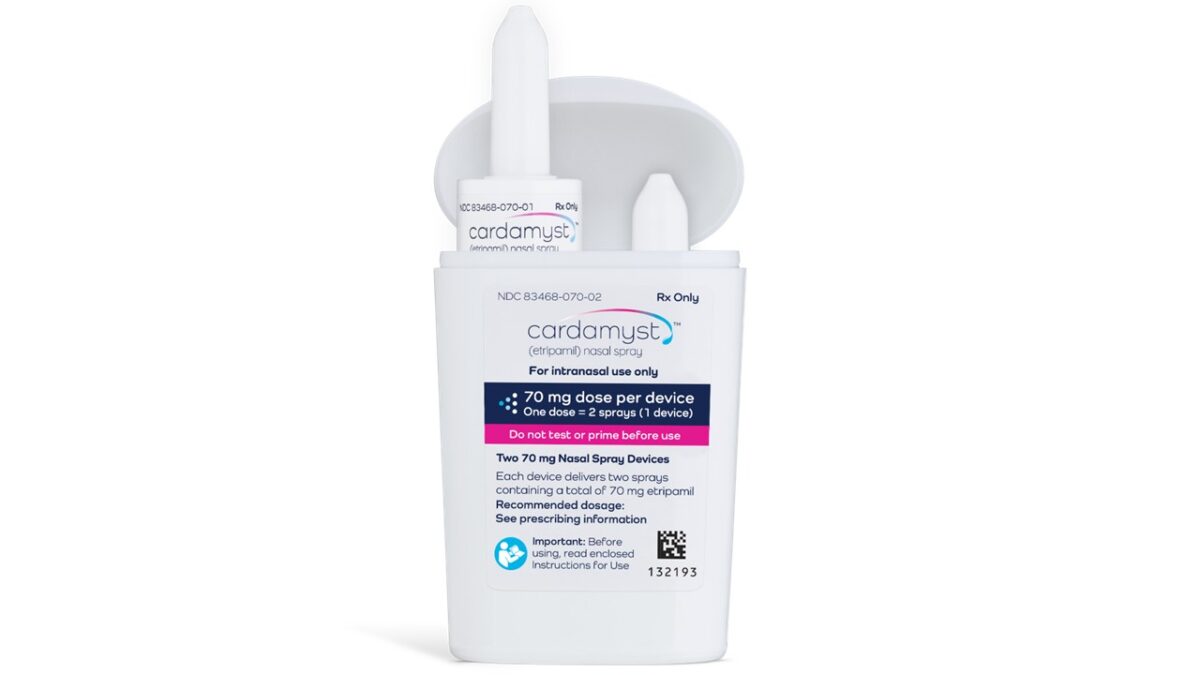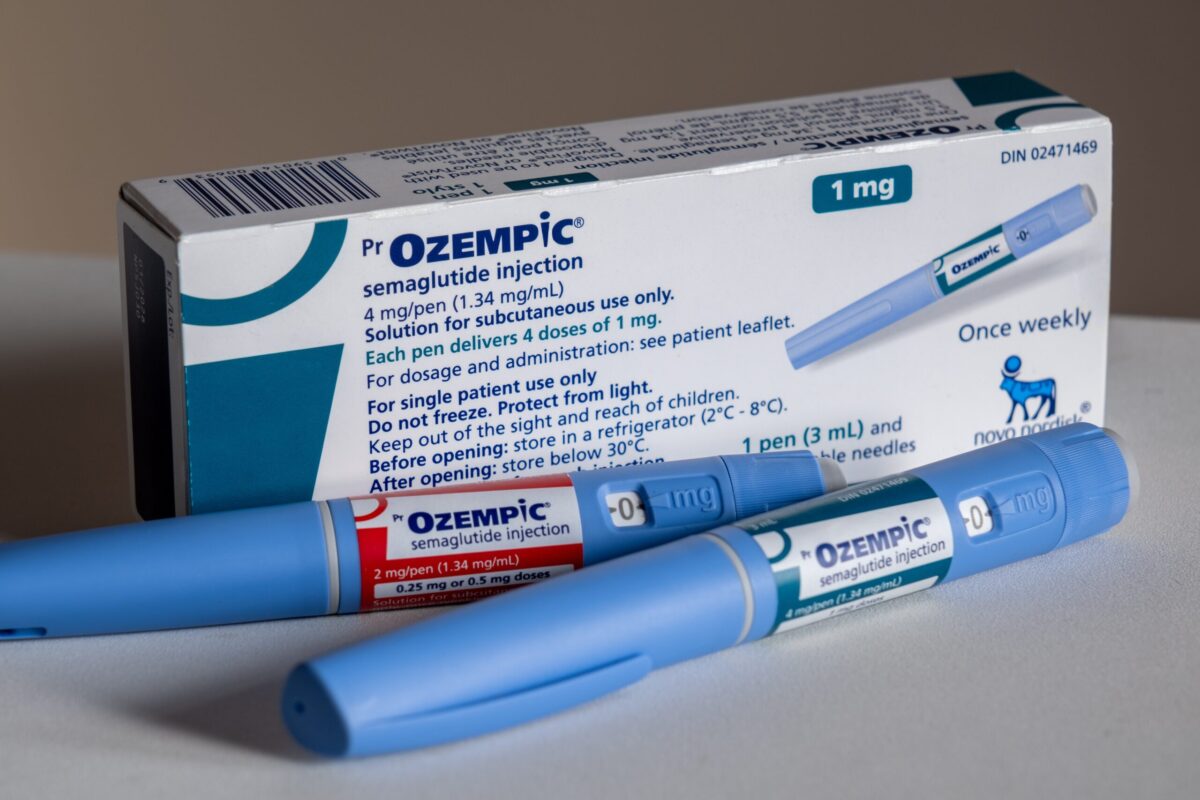The FDA has cleared Imperative Care’s Zoom 7X catheter, expanding its Zoom Stroke Solution system for ischemic stroke treatment. The company also reported successful initial clinical use of the device in the US.
This latest clearance follows earlier FDA clearance this year for the system’s 088 large-bore catheter and new clinical data showing the system’s effectiveness in treating blockages in smaller brain vessels known as M2 occlusions.
Zoom 7X is an aspiration catheter designed to remove blood clots in patients with acute ischemic stroke. It is the largest aspiration catheter Imperative Care has developed to date, offering increased clot removal capacity for large vessel occlusions.
Acute ischemic stroke occurs when a clot blocks a blood vessel in the brain, cutting off oxygen supply to critical tissue. As of 2023, it accounts for approximately 87% of all strokes and affects roughly 795,000 people each year in the US.
What Is Thrombectomy?
Thrombectomy is a minimally invasive procedure. Doctors use a catheter to reach and remove a blood clot from a blocked artery with X-ray guidance. When treating a stroke, this technique, known as mechanical thrombectomy, aims to quickly restore blood flow in the brain. This can be done by sucking the clot out through aspiration or catching it with a tiny mesh retriever.
Mechanical thrombectomy is a common emergency procedure in which quick and effective clot removal greatly improves patient outcomes.
Related: Reflow Medical’s Spur Stent Gains FDA De Novo Clearance
How Zoom 7X Fits Into the Stroke Workflow
Zoom 7X is the first device in the Zoom platform to use CenTRX technology. This technology helps the catheter navigate through complex anatomy and facilitates faster navigation to distal occlusions. Its design supports procedural efficiency by improving clot engagement and stability during removal.
The catheter operates within the broader Zoom system, in combination with the Zoom pump, aspiration tubing and Zoom POD. This setup enables continuous aspiration and secure clot capture without reducing suction force, which supports efficient workflows in acute stroke interventions.
By extending reach and suction power, Zoom 7X could address challenges in accessing and removing clots lodged deep within the brain’s blood vessels. Its larger lumen may reduce the need for multiple passes, which reduces the risk of vessel damage and shortens procedure time.
In addition to its growing catheter portfolio, Imperative Care partnered with the UK healthtech firm Proximie to co-develop the Telos robotic-assisted thrombectomy system. The Telos system aims to aid both in-person and remote (“telesurgery”) procedures for clot removal. This could increase access to stroke care in underserved areas.
Thrombectomy and Stroke Intervention: More Updates from 2025
Alongside Zoom 7X, several recent advances in stroke intervention, including the launch of new devices and the initiation of clinical trials, are shaping the future of ischemic stroke care.
Exploring New Clinical Outcomes
- Rapid Medical launched the global COGNITIVE study to assess whether its active Tigertriever platform maintains cognitive function after clot removal. This shifts the focus beyond just physical recovery.
Device Innovations in Thrombectomy
- Johnson & Johnson MedTech introduced its CEREGLIDE 92 system, a wide, flexible catheter with a built-in delivery guide. This aims to improve access to blocked brain vessels and manage blood flow during treatment.
- The Ireland-based company Perfuse FDA-cleared its Zipline access catheters (070 and 088), which are now in limited US release. Its Millipede 88 catheter showed a 61% success rate for clot removal on the first attempt, a measure known as the first-pass effect, in the pivotal MARRS trial. It achieved a 77% success rate in large vessel (M1) strokes.
- The Spain-based company Anaconda Biomed enrolled the first US patient in its ATHENA randomized trial of the ANA funnel catheter. This device is designed to prevent clot breakage during stent-based clot removal. The company also received CE Mark approval for the ANA5 funnel catheter.
Robotic Advances
- At Stanford University, researchers developed a preclinical device called the “milli-spinner.” This device mechanically reshapes and compacts clots before removal. In early lab and animal studies, it reduced clot volume by over 90% and restored blood flow faster. This suggests a potential shift from clot extraction to compacting and removal.
If you want your company to be featured on Xtalks.com, please email [email protected].












Join or login to leave a comment
JOIN LOGIN